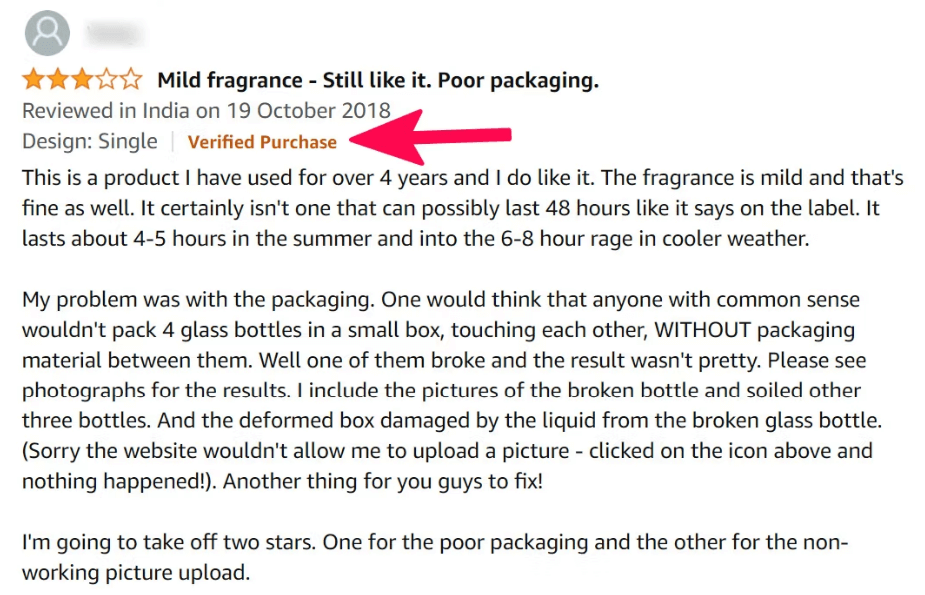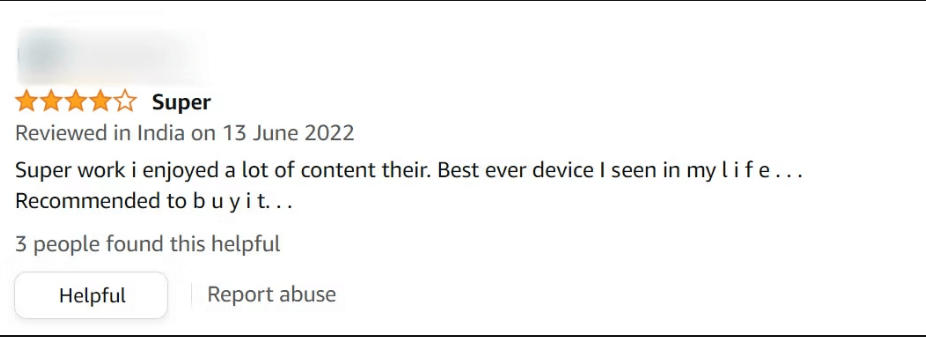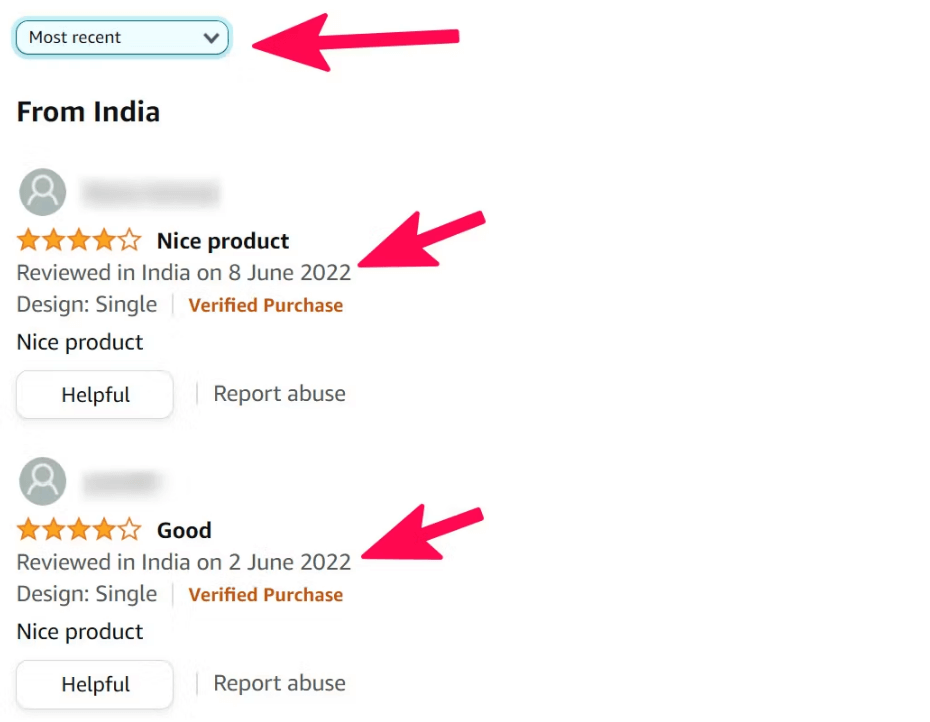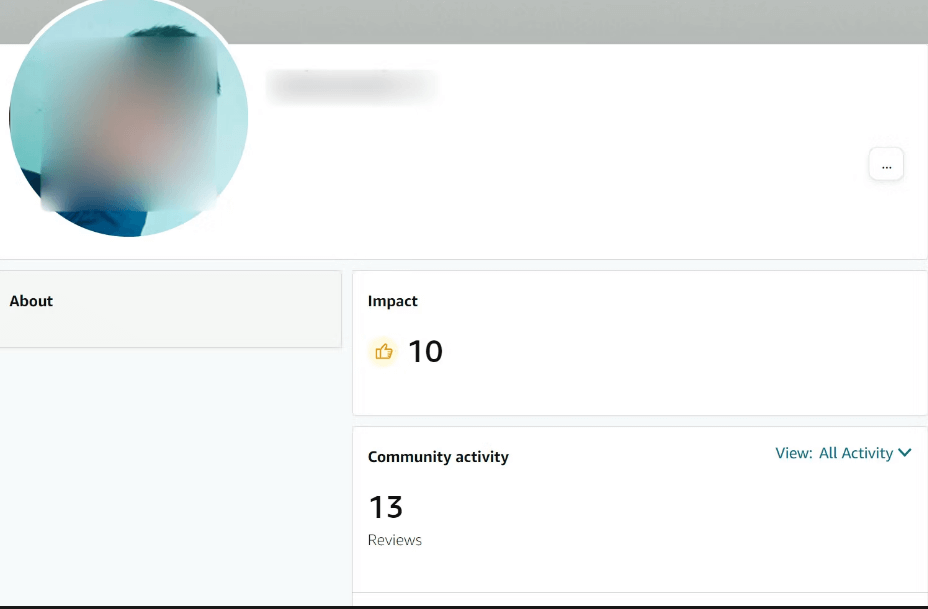People rely on reviews to help them navigate the thousands or millions of products found in Amazon search results.
These reviews are crucial in purchasing decisions, especially when dealing with an unknown seller or product. What if those five-star reviews are fake or fake reviews are being posted by unethical competitors?
Amazon sellers may buy fake reviews to artificially increase their product rankings or tank their competitors. This is done to lure customers into purchasing their products over their rivals.
It’s not difficult to identify fake Product reviews on Amazon.
Here we have provided a depth guide on How To Spot Fake Amazon Product Reviews 2022.
Amazon sellers purchase fake Product reviews
Online shopping is not like shopping at Amazon or Best Buy. You can’t inspect the merchandise and compare similar items. Reviews and product ratings are meant to reduce this loss of interaction.
A new product launched by an unknown brand in a market is only as successful as the word of mouth. Amazon algorithms reward positive reviews with higher visibility.
Amazon sellers often buy a lot of reviews instead of focusing on steady growth to give their products an advantage over the rest. Amazon sellers sometimes buy fake reviews from competitors to get a better product.
Amazon’s search algorithm can’t detect fake reviews, so it prefers to show products with positive reviews higher up in search results. After accumulating fake reviews, the brand gets better visibility and more customers.
What does it take to get fake Amazon Product reviews?
Fake Amazon product reviews are a big business. Reviewsub and Amazon review services are good places to start looking for information about their products.
Amazon has tried to fight the fake reviews problem for many years. Amazon pretended it was a seller in 2016 and hired fake reviewers through Fiverr (an online freelancer marketplace).
They used different IP addresses and accounts to avoid being caught. Amazon sued several websites that offer such services and even hired fake reviewers to provide false reviews starting at $5. Fake reviews led to the company’s ban of popular brands such as Aukey in 2021.
Many websites now use Facebook groups and other platforms to reach out to manufacturers to obtain fake reviews. Sometimes sellers contact buyers directly to request positive reviews for complimentary products or discounts.
Fake reviews are still prevalent on Amazon, despite the seller’s efforts. You must spot them before you click the “Buy” button.
Verify the “Verified Purchase” tag
While it is not an easy way to identify fake reviews, you should still check for the “Verified Purchase” tag on product pages before reading any review. Skip comments that don’t contain the tag and instead read other reviews.
Suppose you notice a lot of verified reviews within a few weeks. In that case, it is a sign that the company offered incentives for Verified Purchase reviews.
Review headlines
You can also look at the headlines to identify fake Amazon reviews. Fake reviewers will not go into details and instead use generic words such as “good,” “awesome,” “must-have,” “bad,” “avoid,” etc. in their headlines.
These words will likely be repeated in many reviews. Genuine reviewers tend to be more thorough in their reviews and might highlight positives and negatives within a single sentence.
With a little bit of skepticism, read Amazon Product reviews
Fake Amazon Product reviews begin with a positive or negative headline but won’t get into the details. Fake reviews will not include lengthy paragraphs because the seller won’t pay them.

An honest reviewer will provide more details about the shipping experience, packaging details, and pros and cons. The person may attach photos or videos to their comment if there are any issues with the product’s physical appearance.
Broken English can be found in the comments. Paid reviewers may not be fluent in English, so they might write reviews containing incorrect grammar, sentences, and spelling errors.
These scams are more prevalent in countries where people will accept gigs at low rates. However, they will still be able to post reviews on Amazon US.
Search for words and phrases that are similar
It’s a red flag if the product page for a TV soundbar with an unknown brand has received online reviews that include specific marketing phrases such as ‘cinematic experience.’
It is possible that the seller instructed buyers to leave comments with a ‘cinematic word.’ Many sellers create a list of words and phrases that they share with customers to be used in comments on Amazon product pages.
These are most likely fake comments if you see them in the reviews section.
Check timestamps
Another way to distinguish fake reviews from real ones is using a review timestamp. Sellers often buy fake reviews and have service providers leave comments quickly.

You should not trust a product that has few reviews and receives many positive ones. Use the latest filter in Amazon’s Review Section to check for negative or highly positive reviews that have been posted within a short time.
Compare product popularity and reviews
Are you surprised that a headphone brand with unknown origins has received thousands of reviews? In contrast, similar products have much lower ratings?
These are fake reviews to increase Amazon’s product listing. Quickly check the product reviews. They will most likely match the above patterns.
Review reviews to find product comparisons
It’s suspicious if most reviews ask you to review a product from another company.
These reviewers are often paid bots or reviewers who try to divert traffic towards a competitor’s product.
Reviewer profile
To see the comment history of any reviewer, you can go to their profile. This is helpful if a thorough review negatively or positively impacts your purchase decision. Click on the reviewer’s name to view their profile photo, review history, and date.

A fake reviewer writes 5-10 product reviews weekly, with 1-star or 5-star ratings. They also use generic words. You can report abuse if you are sure that the reviewer is writing fake reviews.
To detect Fake Reviews On Amazon, you can use third-party websites
It can be challenging to go through hundreds of Amazon reviews. Fakespot, ReviewMeta or The Review Index can be used to quickly analyze all reviews and give an adjusted rating. Paste the URL of the product from Amazon into the search box on these sites.
These websites can display total reviews, unverified reviews, spam comments and an overall score for the product. These sites also provide browser extensions that allow you to quickly verify reviews from your current tab.
Fakespot, and ReviewMeta, available for iOS and Android, have extensions for Google Chrome, Microsoft Edge Firefox, Safari, and Safari.
Red Flags to Look for Fake Amazon Product Reviews 2022
These red flags may indicate a fake Fake Amazon Product Reviews campaign:
- A very high percentage of five-star reviews
- Lack of detail in reviews and vague praise
- Generic review titles like “Nice product” or simply “Awesome”
- Mentions of competing products
- Wording similar to other reviews
- Poor grammar and spelling mistakes
- Multiple reviews on specific dates (especially if there are long gaps between them)
- “Customers also bought” section contains unrelated products
- Glowing reviews with one small negative that isn’t a deal breaker
- Explaining away cons
Nothing here is a foolproof way to spot fakes because legitimate reviews will sometimes have these elements. But you can always dig deeper.
Find reviews of the product elsewhere. If you can find them, reputable review websites and YouTube videos can be handy for getting a closer look at a product rather than relying on a few images.
Tools Can Help To Spot Fake Amazon Product Reviews 2022
You may not want to conduct an in-depth investigation every time you need to buy a new potato masher or power strip. That’s understandable, and thankfully there are tools that can help you spot fake reviews.
- Fakespot offers a Chrome extension or mobile app that analyzes review legitimacy and seller history to weed out fake reviews.
- Review Meta allows you to paste a URL to get analysis and an adjusted score that filters out untrustworthy reviews.
- The Review Index tries to identify fake reviews and flag them, but it also offers useful review summaries categorized by specific elements of each product.
We can’t verify the accuracy of these tools, and the ratings and analysis they provide still require some interpretation. Amazon insists its fake review problem is not as bad as these tools suggest. Just be aware that any system designed to spot fake reviews will produce false positives. That said, they can help you analyze unfamiliar brands and products.
